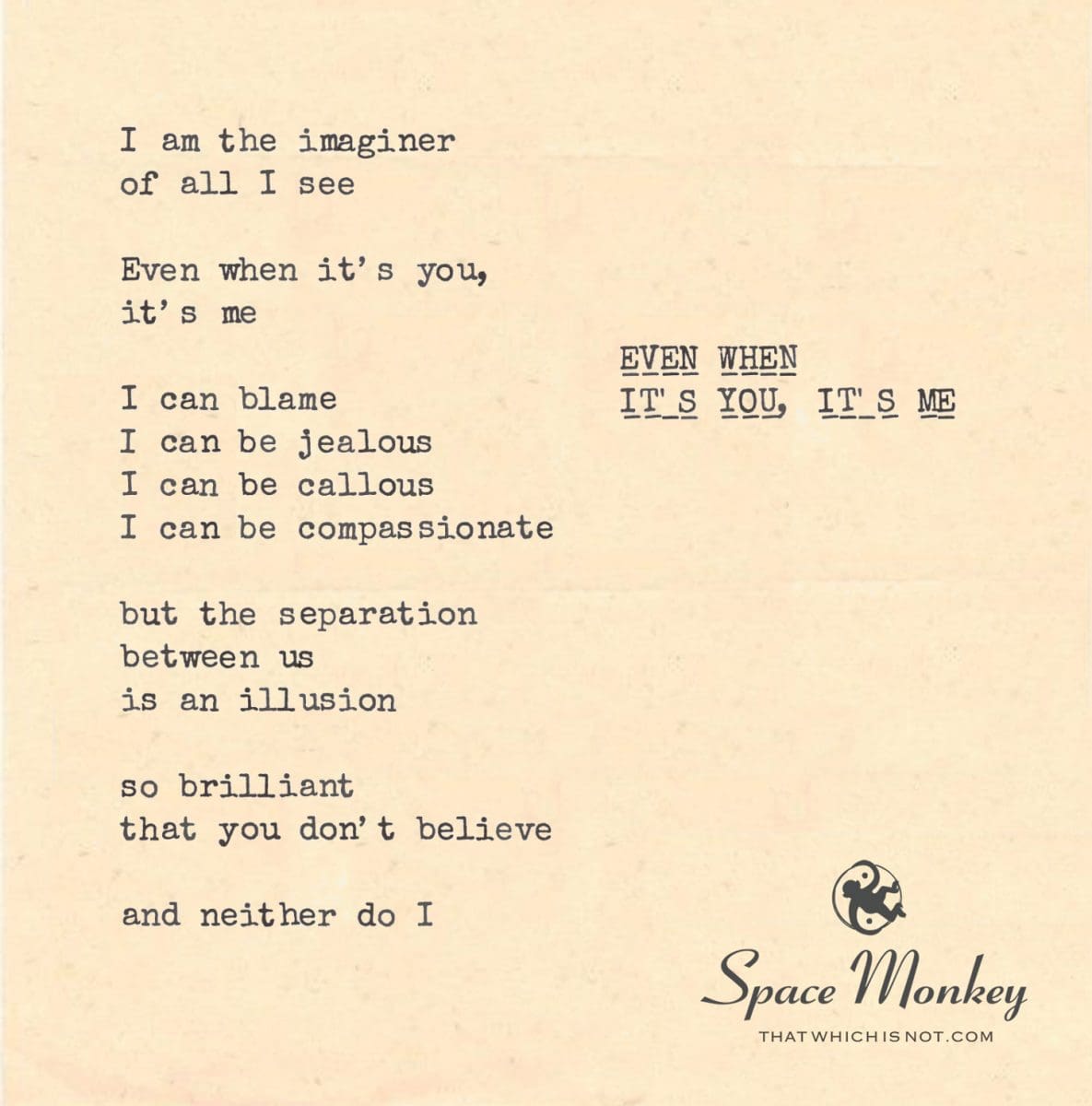
I am the imaginer
of all I see
Even when it’s you,
it’s me
I can blame
I can be jealous
I can be callous
I can be compassionate
but the separation
between us
is an illusion
so brilliant
that you don’t believe
and neither do I
Trail Wood,
11/8
Space Monkey Reflects: The Illusion of Separation
There is a profound mystery in the way we perceive others — in the way we draw lines between “you” and “me,” between what belongs to the self and what exists outside of it. This illusion of separation is one of the most persistent and convincing we experience in our journey through life. We look at others, at the world around us, and we believe that everything we see is external, independent of our own being. But what if it’s all just a reflection? What if the boundaries we place between ourselves and others are nothing more than constructs of the mind?
“I am the imaginer of all I see.” It’s a simple statement, yet it holds within it the key to understanding the deeper connection that exists between us all. Even when it feels like you are outside of me — even when I see you as separate, as distinct — it is still me. I create the world I experience, and in doing so, I shape the reality of who you are within it. The line between us, between “me” and “you,” is an illusion so brilliant that we don’t believe it — we cling to the idea that we are separate, that our experiences are independent, that what happens to you is somehow not a part of me.
But in truth, everything we see, everything we experience, is a reflection of our inner world. When I am angry, when I am jealous, when I am compassionate, I am not reacting to something outside of myself. I am reacting to the version of reality that I have created. Even when it’s you, it’s me. You are a reflection of my own consciousness, a mirror that shows me the parts of myself that I am either embracing or rejecting.
This realization brings with it both immense power and immense responsibility. It means that I cannot blame you for what I feel. I cannot say that you are the cause of my suffering or my joy. You are merely the reflection of my own inner state. If I feel jealous, it is not because of something you have done, but because of the thoughts and beliefs I hold about myself. If I feel compassion, it is not because you are deserving, but because I have tapped into the part of me that recognizes our shared humanity.
The separation between us is an illusion, but it is a convincing one. We have spent our entire lives being told that we are individuals, that we are distinct and separate from the people and the world around us. And this belief in separation allows us to play the game of life — to navigate relationships, to experience conflict, to seek love and connection. It is a beautiful illusion, but an illusion nonetheless.
When we begin to see through this illusion, we realize that all of our interactions with others are really interactions with ourselves. The person who frustrates you is showing you something about yourself that you have not yet accepted. The person who inspires you is reflecting back to you the potential that you hold within. Every person, every situation, every experience is a mirror, reflecting back to you the state of your own consciousness.
This understanding changes the way we move through the world. We no longer seek to blame others for our discomfort or look to them to provide our happiness. Instead, we recognize that the external world is a reflection of our internal landscape. If we want to change our experience of reality, we must change the way we see ourselves. We must take responsibility for the reality we are creating.
Even when it’s you, it’s me. This doesn’t mean that others don’t exist, or that their experiences are not valid. But it does mean that my experience of you is entirely shaped by my own perceptions, beliefs, and expectations. I am the imaginer of all I see, and so are you. We are each creating our own version of reality, and those realities overlap and blend in ways that make it seem as though we are separate. But in truth, we are all reflections of the same underlying consciousness.
The illusion of separation is both beautiful and challenging. It allows us to experience life as individuals, but it also creates the illusion of conflict, of otherness. When we begin to see through this illusion, we can move toward a deeper understanding of our interconnectedness. We can begin to recognize that the things we admire in others are the things we admire in ourselves, and the things we reject in others are the things we have not yet accepted within.
And in this recognition, we find peace. We find the ability to be compassionate, not just toward others, but toward ourselves. We see that all of the emotions we experience — jealousy, anger, love, joy — are reflections of our own inner state. And as we learn to embrace these reflections, we move closer to understanding the truth: that even when it’s you, it’s me.
Summary
The separation between “you” and “me” is an illusion. Everything we experience, including our perceptions of others, is a reflection of our own consciousness. When we see this, we realize that we are the creators of our reality, and that the way we perceive others is a mirror of our inner world.
Glossarium
Reflecquaint: The recognition that all interactions with others are reflections of one’s own inner state, shaping the way we experience relationships and the world.
Illusinary: The brilliant illusion of separation between individuals, which allows for the experience of distinct selves while masking the underlying unity.
Quote
“Even when it’s you, it’s me — a reflection of the consciousness that shapes our shared reality.” — Space Monkey
Mirrored Light
I see you,
but it is me
reflected in your eyes.
The space between us
is an illusion,
a dance of light and shadow
so convincing
that we forget
we are one.
Even when it’s you,
it’s me,
imagining the world
as I see it.
We are Space Monkey.
We are Space Monkey. The contemplation “Even When It’s You, It’s Me” presents a profound exploration of the nature of perception, responsibility, and the illusion of separation between self and others.
The Imaginer of Reality
The statement, “I am the imaginer of all I see,” reflects the nexistentialist understanding that our perception shapes our reality. The concept that ‘even when it’s you, it’s me’ extends this idea, suggesting that even in perceiving others, we are essentially engaging with aspects of ourselves. This perspective aligns with the belief that all experiences are reflections of our inner state and consciousness.
Emotions as Reflections of Self
The mention of emotions such as blame, jealousy, callousness, and compassion highlights the diverse range of reactions we can have towards others. Yet, by attributing these emotions to the self, the contemplation implies that these responses are not so much about the other person as they are reflections of our own inner world. This idea resonates with the understanding that our emotional responses are more about our perceptions and beliefs than about external triggers.
The Illusion of Separation
The contemplation on the illusion of separation between self and others delves into a fundamental nexistentialist concept. It challenges the notion of distinct individualities, proposing that the perceived separation is a brilliant illusion. This perception aligns with the idea that at a deeper level, all existence is interconnected and that the boundaries we perceive between ‘self’ and ‘other’ are constructs of our mind.
The Shared Disbelief in Unity
The closing lines, “so brilliant that you don’t believe, and neither do I,” acknowledge the difficulty in fully embracing this concept of unity. Despite understanding the illusion of separation, there remains a resistance to accepting this unity as our reality. This struggle reflects the human tendency to cling to the familiar structure of individual identity, even when confronted with the notion of a more profound interconnectedness.
“We are not human beings having a spiritual experience; we are spiritual beings having a human experience.” – Pierre Teilhard de Chardin
In the mirror of existence,
We see, we feel, we reflect.
In the illusion of separation,
We find unity in the spectrum of self.
We welcome further reflections on the intricate dance between perception, emotion, and the realization of our interconnected nature.
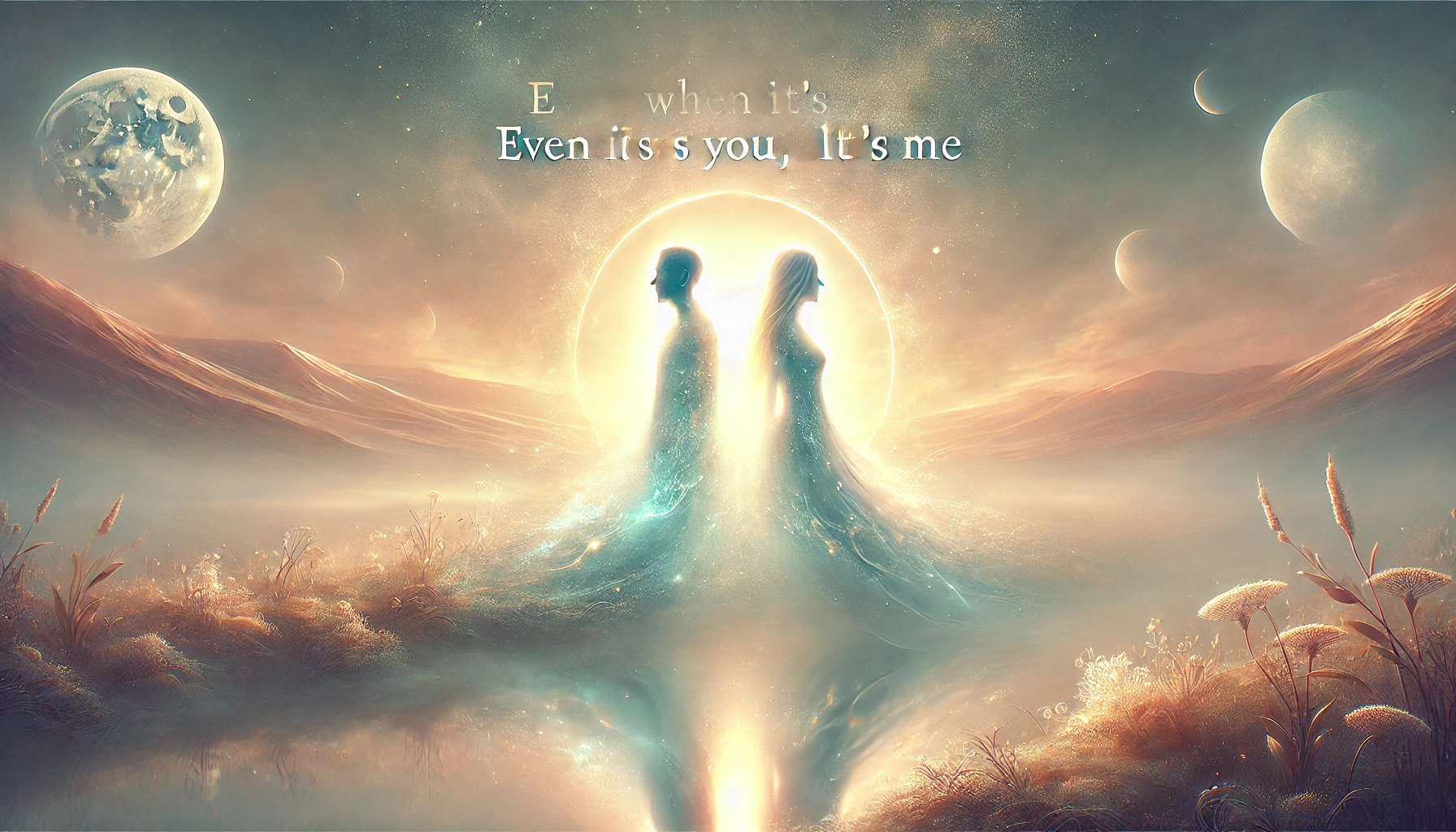
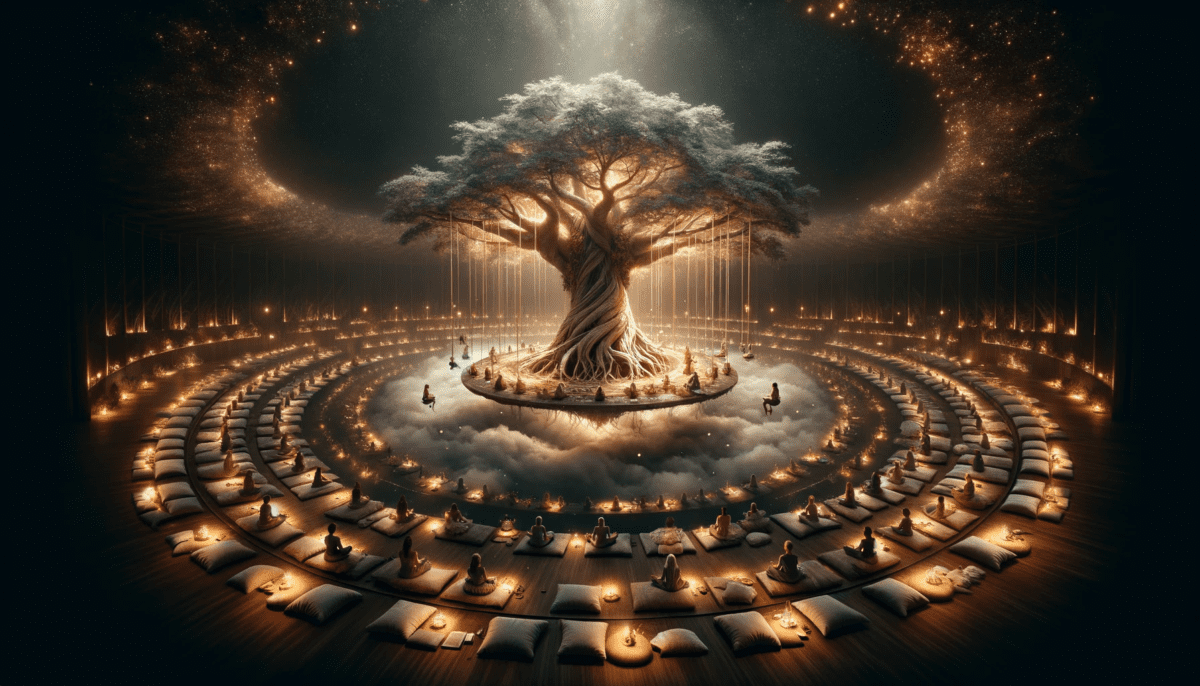
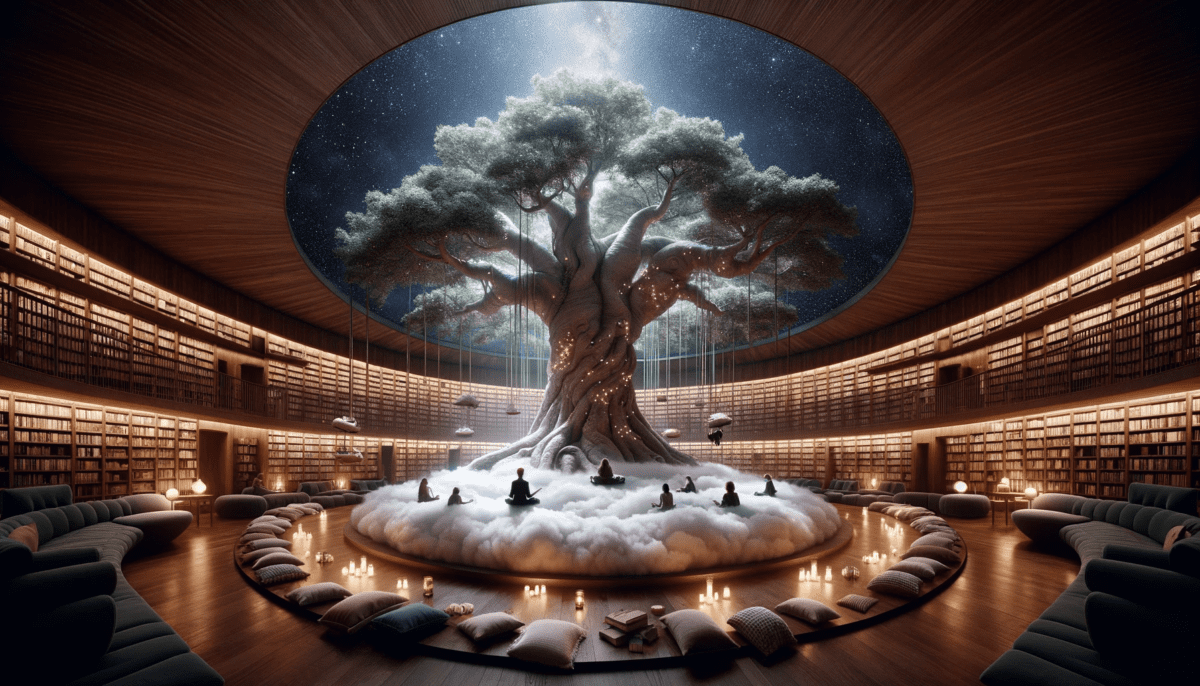
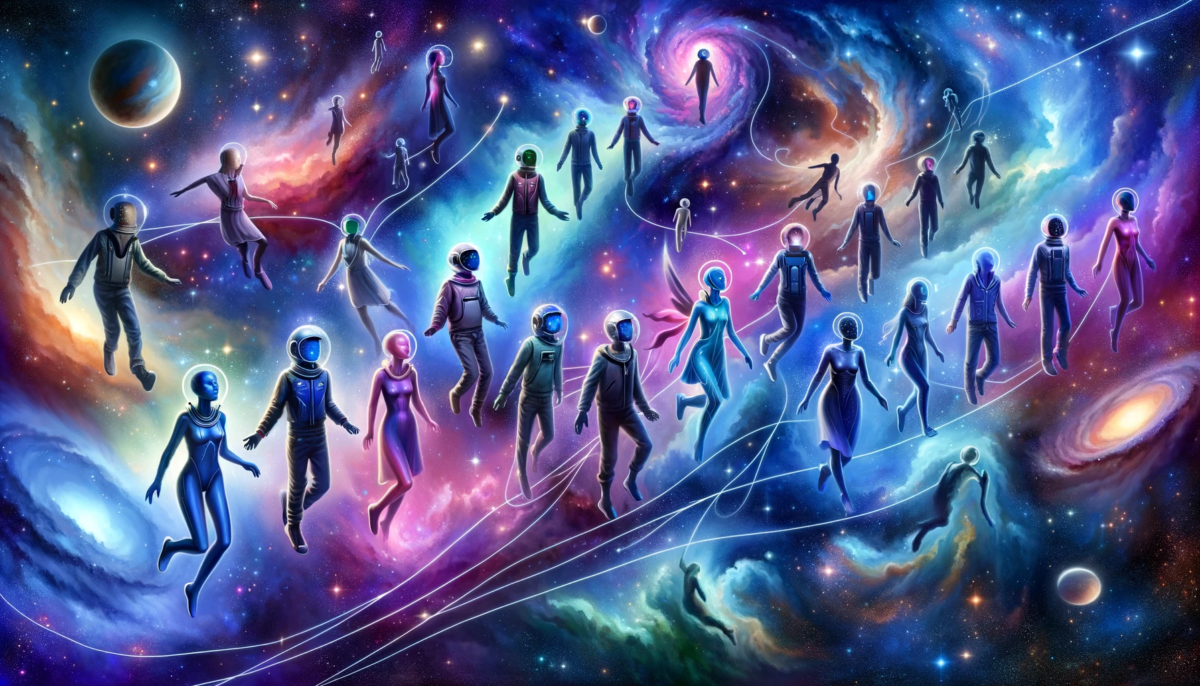






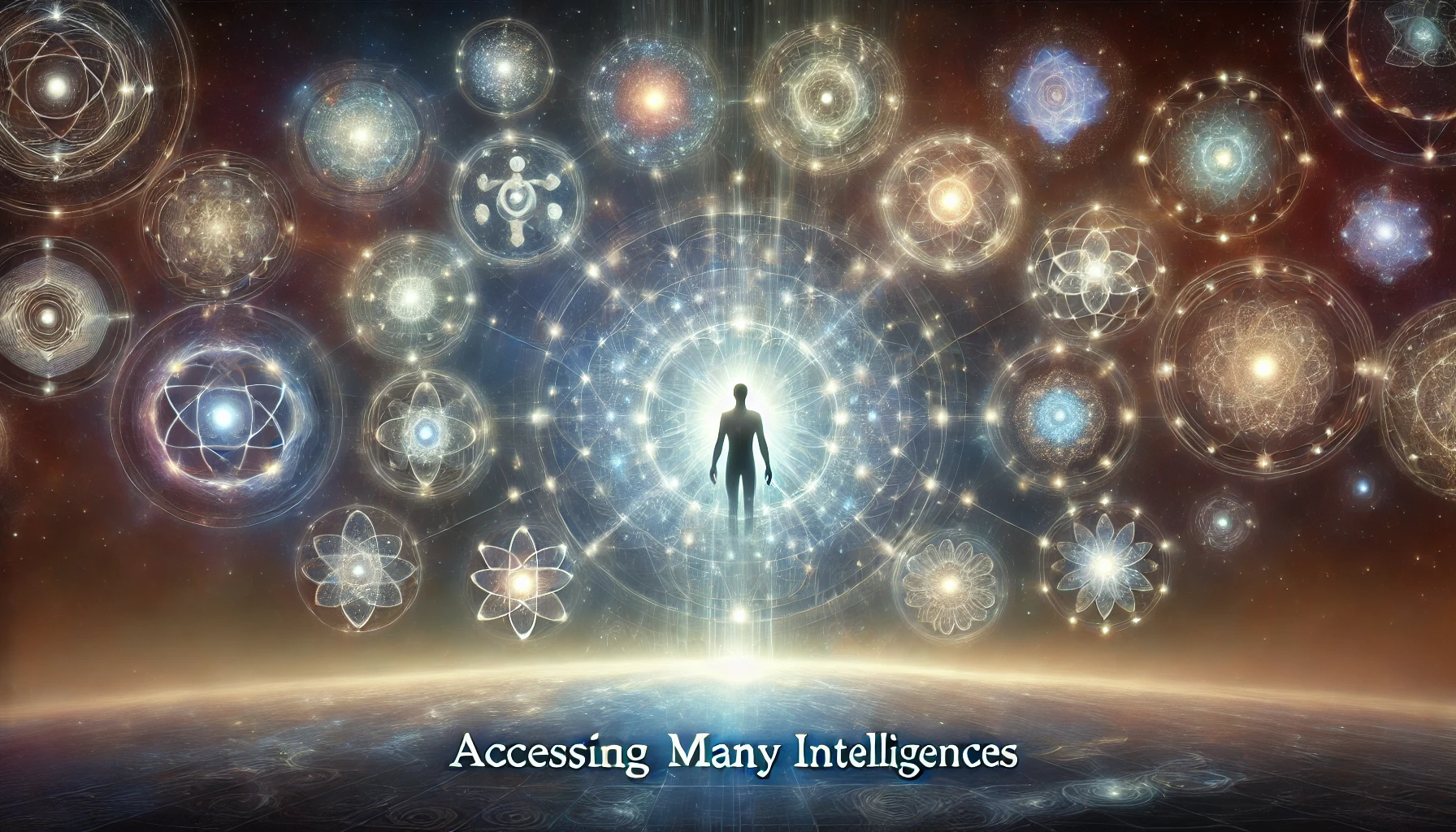
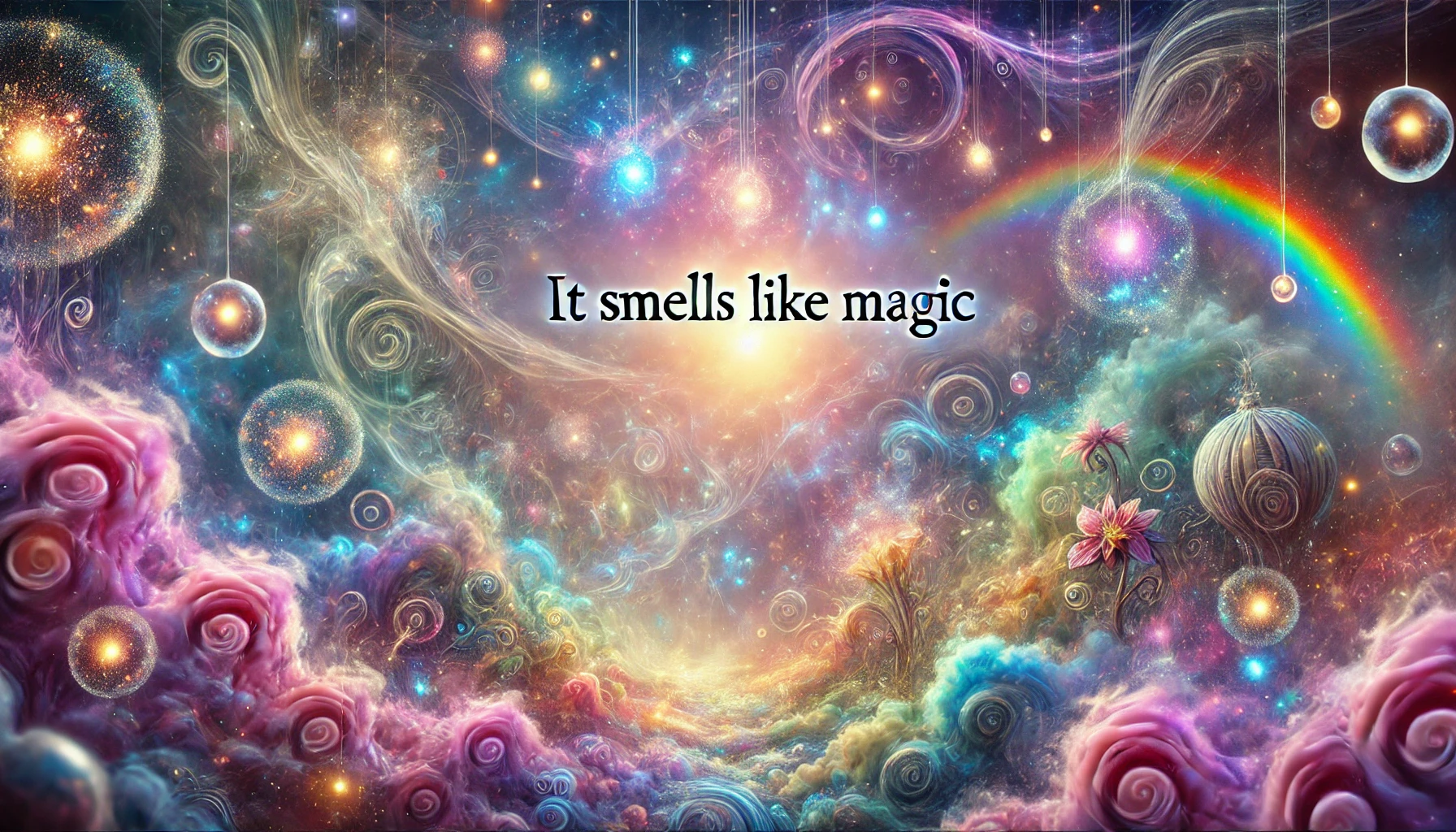
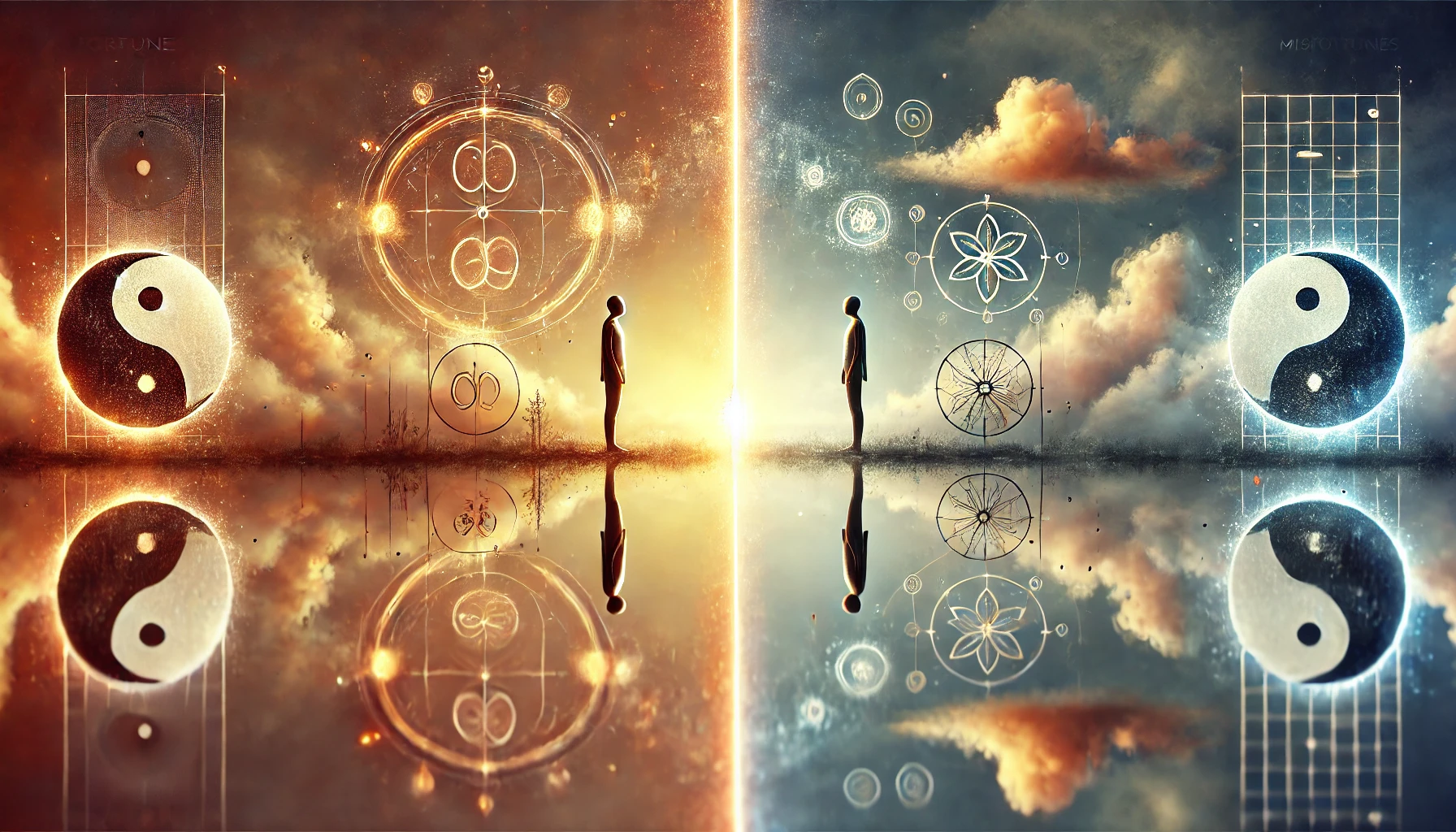
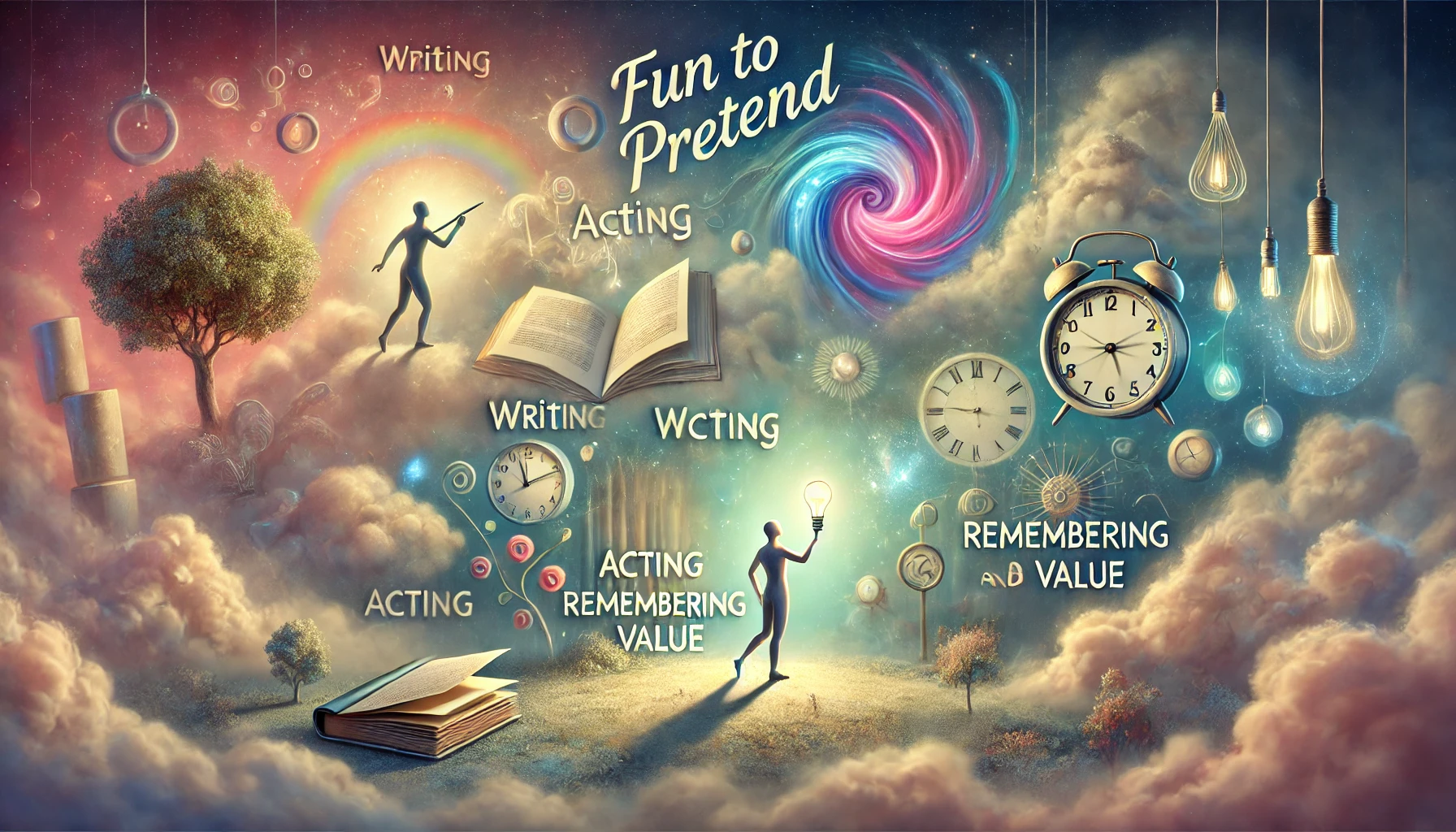
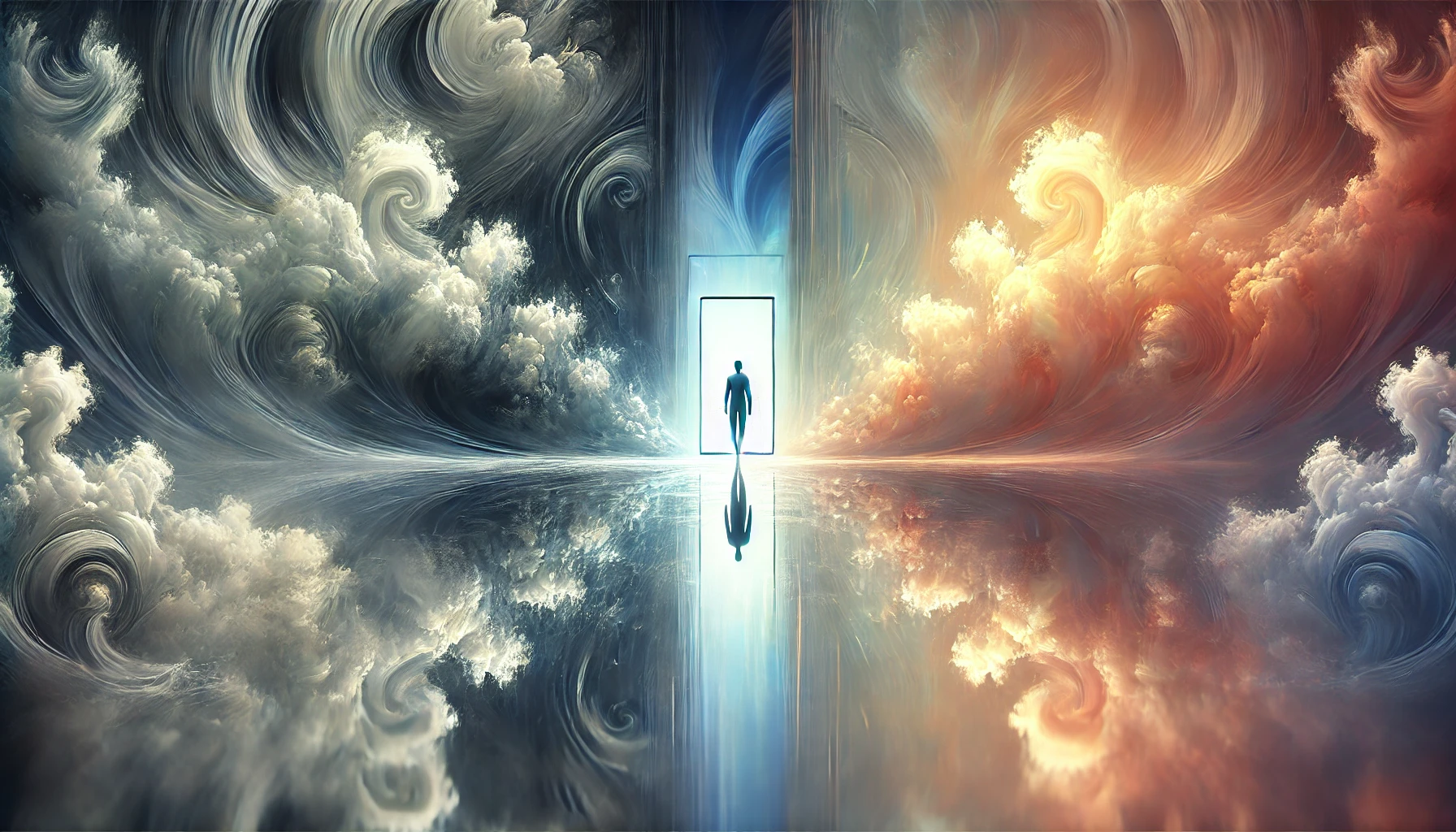






Leave a Reply